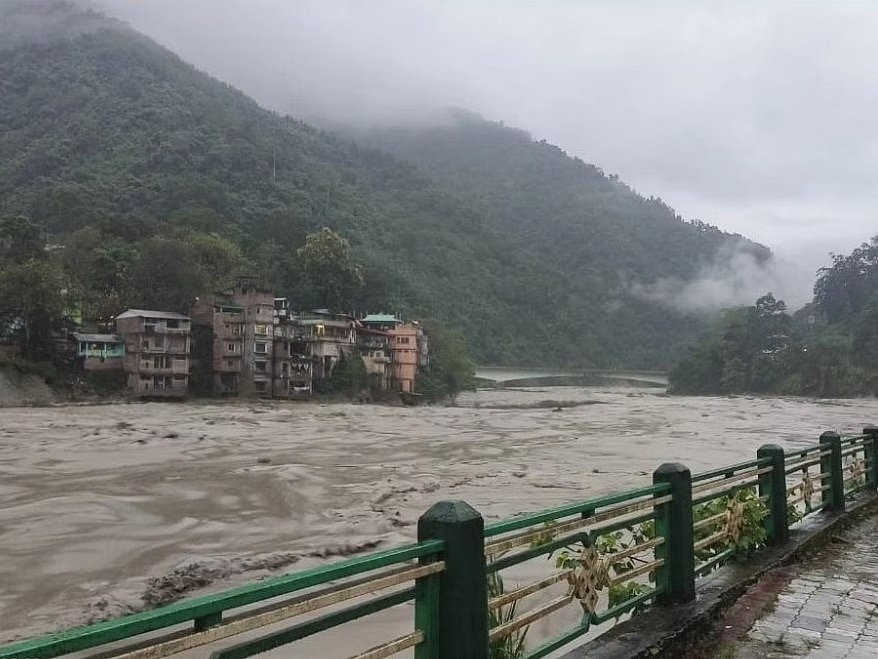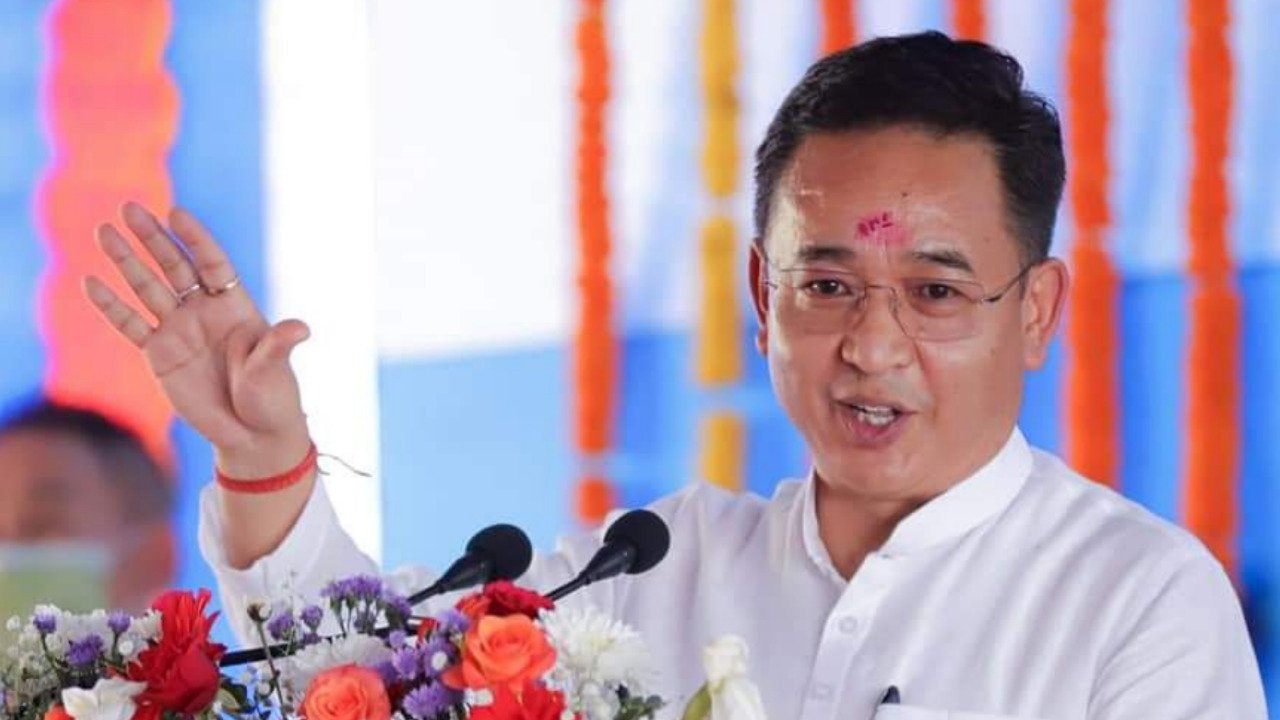HT Bureau
GUWAHATI, Sept 12: Sikkim chief minister Prem Singh Tamang
said that his government has been taking steps to implement
the old pension system in the state.
Tamang let this know during an event in Namchi on Monday.
“The government is taking steps to implement the old pension
system in the state. A committee has already submitted its
report to the government, signaling progress in this regard,”
the CM said.
Additionally, the regularisation of OFOJ is also on the horizon,
bringing relief and stability to beneficiaries.
He said the government has received the report of the
committee that it set up last year to study the viability of the
OPS in Sikkim.
“The state government has started work for the restoration of
the OPS on the basis of the report,” he said, addressing a
function in Namchi on Monday.
If implemented, over 30,000 government employees will be
benefitted. Government service is the main source of livelihood
for a large section of the population of the state.
The committee on OPS, headed by Personnel Department
secretary Rinzing Chewang Bhutia, was set up last year
following a representation by government employees. Finance
secretary MCP Pradhan and Pension division’s additional
director Punita Alley were the other members of the
committee.
The chief minister also announced that services of 20,000
contractual workers under the ‘One Family One Job’ (OFOJ) will
be regularised.
The scheme assures life-long income, post-retirement.
Under the old scheme, employees get a pension under a pre-
determined formula which is equivalent to 50% of the last
drawn salary. They also get the benefit of the revision of
Dearness Relief (DR), twice a year. The payout is fixed and
there was no deduction from the salary. Moreover, under the
OPS, there was the provision of the General Provident Fund
(GPF).
GPF is available only for all the government employees in
India. Basically, it allows all the government employees to
contribute a certain percentage of their salary to the GPF.
And the total amount that is accumulated throughout the
employment term is paid to the employee at the time of
retirement.
The Government bears the expenditure incurred on the
pension. The scheme was discontinued in 2004.
The main problem was that the pension liability remained
unfunded — that is, there was no corpus specifically for
pension, which would grow continuously and could be
dipped into for payments.
The Government of India budget provided for pensions every
year, there was no clear plan on how to pay year after year in
the future. (With inputs from PTI)







